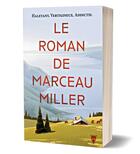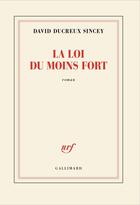-
Date de parution : 26/04/2010
-
Editeur :
Fao
-
EAN : 9789251064320
-
Série :
(-)
-
Support :
Papier
Résumé:
International trade in fishery products has increased, together with the absolute and relative importance of aquaculture, as a source of fish production. Shrimp and salmon are two examples of species grown in developing countries that are traded internationally. How successful a country is... Voir plus
International trade in fishery products has increased, together with the absolute and relative importance of aquaculture, as a source of fish production. Shrimp and salmon are two examples of species grown in developing countries that are traded internationally. How successful a country is in competing against other producers depends in part on transport and on satisfying food standards, but also on its costs of production. Comparative advantage is a means of comparing relative costs and indicating the species and markets where there is the greatest likelihood of success. There are problems with estimating comparative advantage: the method can be static rather than dynamic and may not indicate long-run opportunities. However, it is a useful tool for planners who devise aquaculture strategies and for individual fish farmers. Two methods exist for estimating comparative advantage - both have been applied to aquaculture. The domestic resource cost (DRC) method relies on production cost data to compare efficiency. Distortions may require the estimation of shadow prices to reflect true social opportunity costs but, when adjusted, the country that has the lowest DRC has a comparative advantage. The DRC method is dynamic, providing useful information to decision-makers; however, cost data may be difficult to obtain and shadow pricing is problematic. The second method is revealed comparative advantage (RCA) whereby comparative advantage is inferred from an ex post assessment of actual trade and specialization. From trade statistics, estimates are obtained to examine whether a country exports a species to a particular country more than to the rest of the world; if so, it is judged to have a comparative advantage in that particular market. The RCA method is more descriptive and has less predictive potential than the DRC approach but it has the advantage of data availability. This paper illustrates the concept of comparative advantage and some of its policy implications by presenting two case studies: the first one focuses on shrimp exporting countries while the second one is based on freshwater aquaculture production of carp, catfish and tilapia. The RCA method is used in both cases.
Donner votre avis














